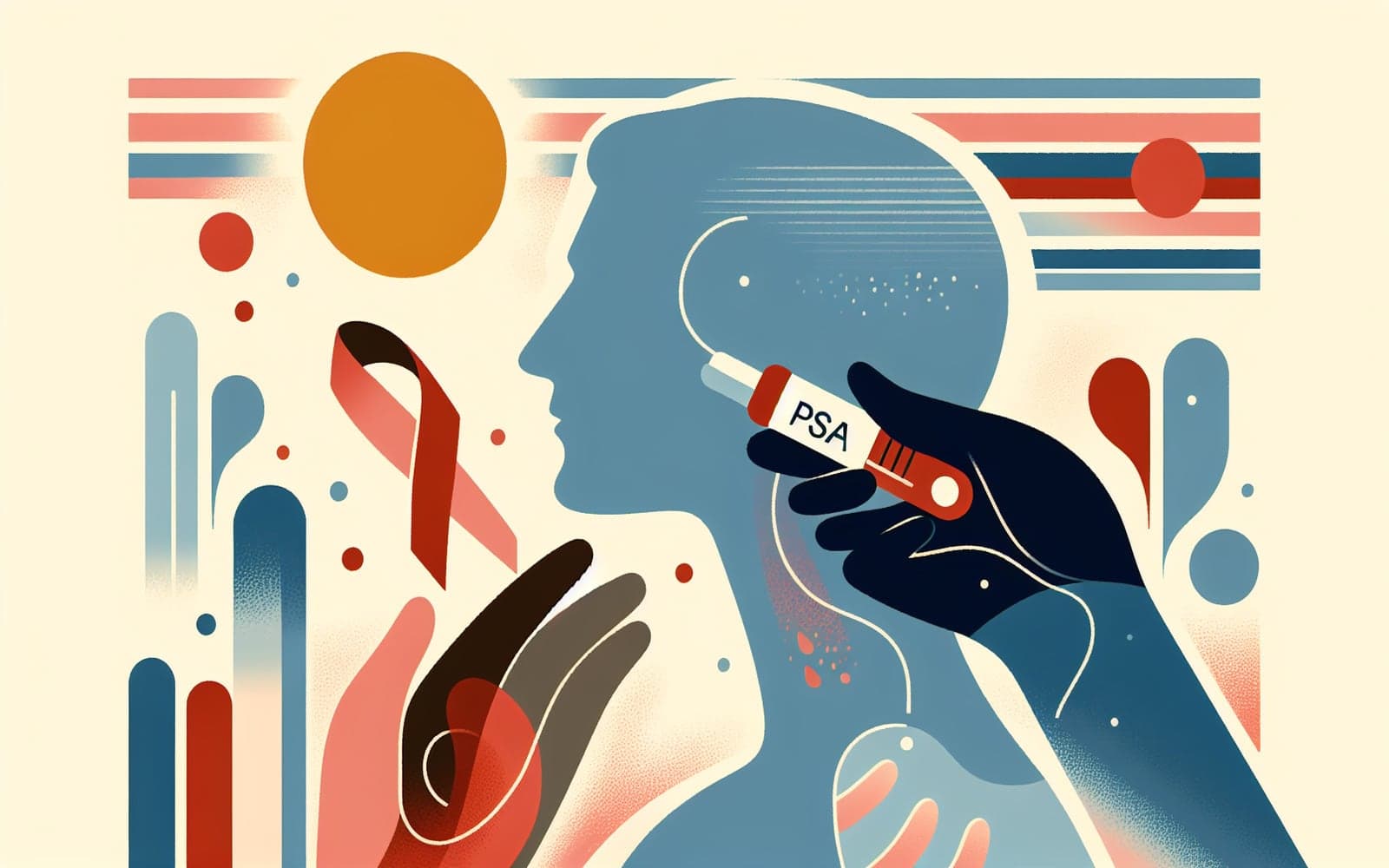Guidelines for PSA Testing: What You Need to Know
Published: Jun 13, 2024
PSA testing is a common screening method for prostate health, but the guidelines can be confusing. Let's clarify the current recommendations and their implications.
Contents
Age-Specific Reference Ranges
PSA levels naturally increase with age, prompting the need for age-specific reference ranges. For example, a normal range for men in their 50s is 0 to 3.5 ng/mL, while for those in their 70s, it's 0 to 6.5 ng/mL.
Factors Influencing PSA Guidelines
Several factors influence PSA testing guidelines, including age, body mass index, and medication use. Understanding these factors is crucial for accurate interpretation of test results and following appropriate screening protocols.

Emerging PSA Testing Concepts
Concepts like PSA density and PSA velocity are being explored to improve screening accuracy. These methods aim to enhance the specificity and sensitivity of PSA tests, especially in cases where results are ambiguous.
Frequently Asked Questions
PSA ranges vary by age, increasing as men get older.
Yes, BMI can affect PSA and is considered in guidelines.
New methods like PSA density show promise but need more study.
Yes, medications like finasteride require guideline adjustments.
Key Takeaways
Understanding PSA guidelines is crucial for effective prostate health screening.
Stay informed and discuss PSA testing guidelines with Doctronic today.Related Articles
References
Oesterling JE, et al. JAMA 1993; 270:860.
Etzioni RD, et al. J Urol 2005; 174:877.
Always discuss health information with your healthcare provider.

